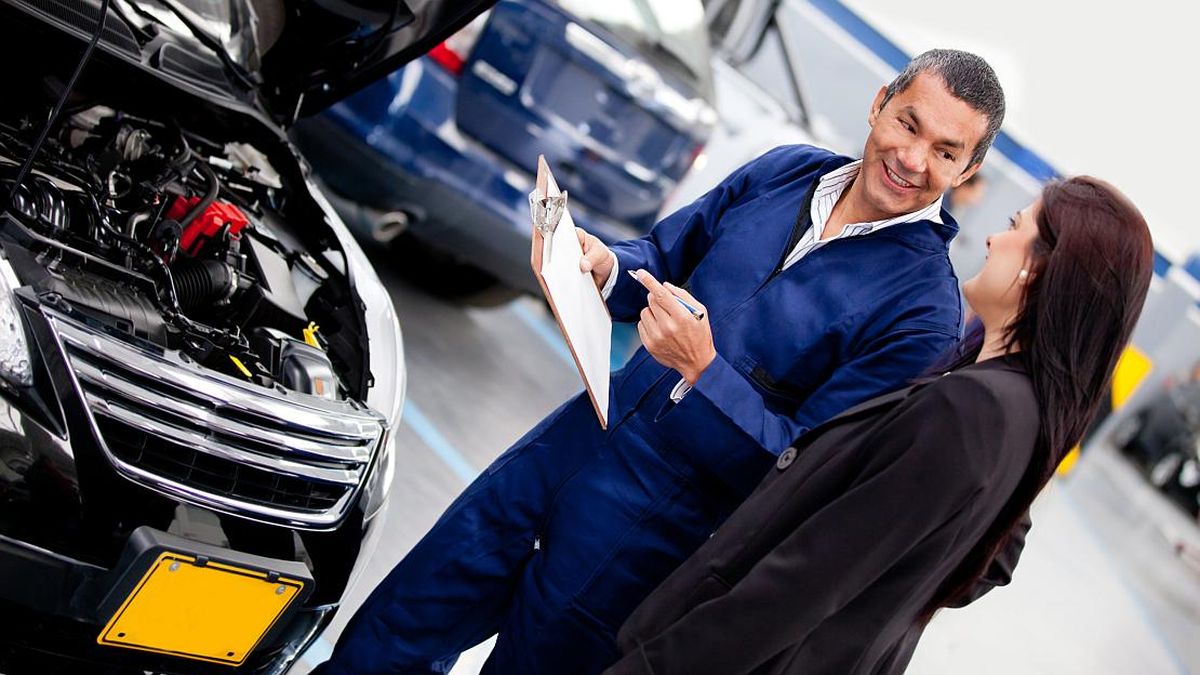mecanico.jpg
What should be checked before going out on the road?
First you must see the technical and mechanical part of the car. As far as possible, these checks should be done in time to avoid delays in the start of the holidays, and to be proactive in case any last minute repairs are necessary. On the other hand, It is essential to have the documentation in force up to date and in order, in case it is requested by the authorities: identity card, insurance, patent and mandatory security elements.
- The engine: basic and very important aspects should be checked to avoid problems during the trip, such as the quantity and quality of the oil, the coolant levels and the condition of the air, oil and fuel filters.
- The battery: check the connectors and that the cables are in perfect condition. A battery typically has a useful life of three to four years
- The tires: alignment and balance should be checked on one side. On the other hand, check pressure and inflate the tires, depending on the model of the vehicle and the load we are carrying. It is also necessary to see the wear, so as not to lose adherence to the ground
- The brakes: a fundamental part that should always be checked, especially before going out on the road. Here you have to check the condition of the brake pads and the amount of brake fluid
- Shock absorbers: have a useful life of around five years or 60 thousand kilometers, whichever occurs first, to change them
- The lights: make sure that the high, low, fog lights and turn signals work well, to avoid problems especially if you have to drive at night or in bad weather conditions
How to finance car repairs (without jeopardizing the vacation budget)
Until the December 31st, the official plan Now 12 It allows financing tires, accessories and spare parts for cars and motorcycles in 12, 18 or 24 fixed installments, as well as paying for the services of the workshops in 3 or 6 payments. All with plastics from any bank and with subsidized rates.
According to the survey done, from Ambit We tell you how much it can cost to get the car ready.
- Oil and filter change: for small and medium engines it can cost between $ 8,000 and $ 15,000, labor included
- Change of brake pads: varies according to the car and the brand of the part, between $ 3,500 and $ 7,500
- Battery change: depending on the voltage, depending on the model and brand of the vehicle (diesel engines require larger batteries), on average they vary between $ 14,000 and $ 20,000
- Change of covers: depending on size and quality, for each one you have to anticipate an expense between $ 4,000 and $ 25,000
- Alignment and balancing: it can cost an average of $ 3,500, although some tires give this service a discount to those who buy the covers
- Windshield wiper blade change: the common ones are available for $ 2,500 a pair and the special ones for $ 3,500
- Change of shock absorbers: for each pair it is possible to pay between 8,000 and 10,000 pesos. To this must be added the value of the labor, which can vary if the mechanic is trusted, although the market price of the service is around $ 5,000
Source From: Ambito
David William is a talented author who has made a name for himself in the world of writing. He is a professional author who writes on a wide range of topics, from general interest to opinion news. David is currently working as a writer at 24 hours worlds where he brings his unique perspective and in-depth research to his articles, making them both informative and engaging.




